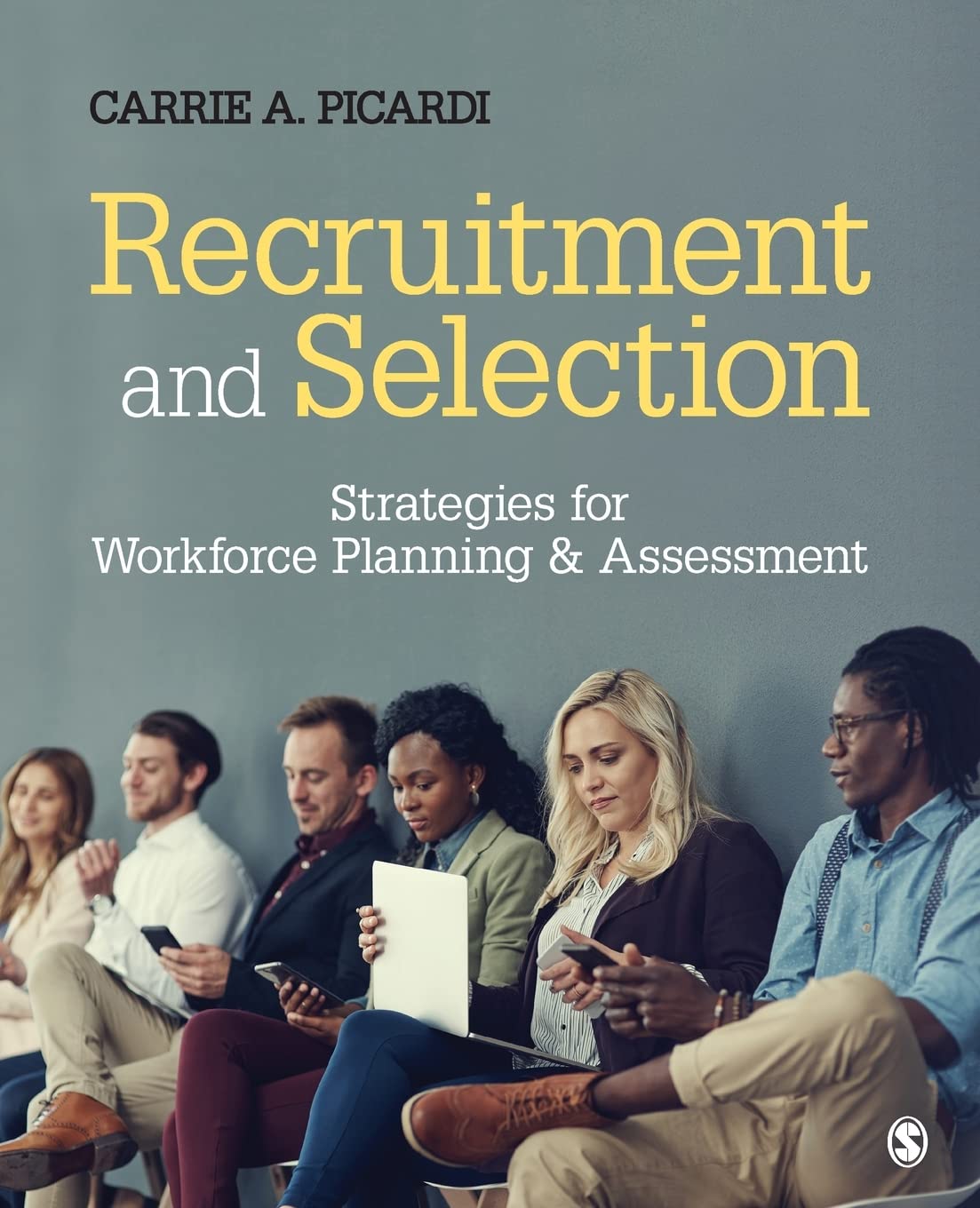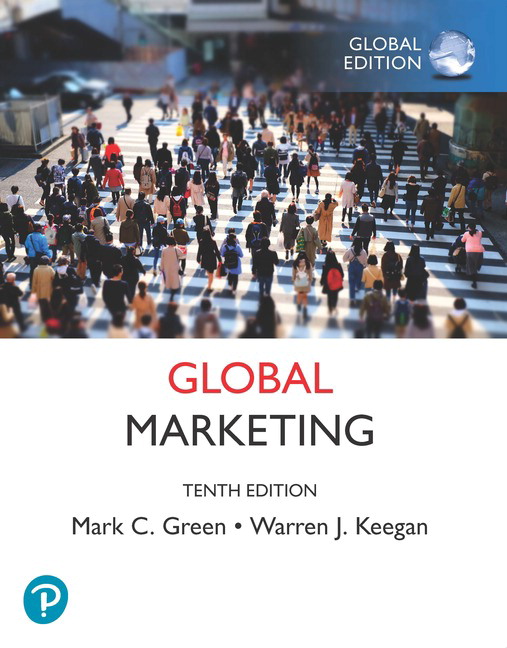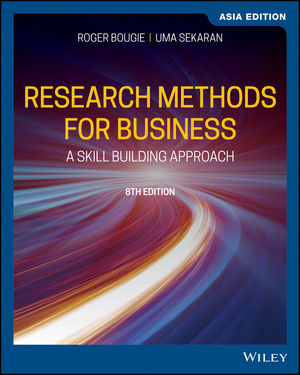This is a Digital Product – Please take note of the access platform and access period.
Once the payment confirmed, we will proceed to send the order to the publisher to ship out the access code via your registered email address within 3-5 working days
1. Introduction to Workforce Planning and Assessment
What is “Work”? The Organization of Work and Jobs
The Evolution of Work Structure
Organizing the Work: Jobs and Job Families
The Logistics of Work
Strategic Job Redesign and Its Benefits
The Role of Human Resources in Workforce Planning and Assessment
Organizational Best Practices: Spotlight on Job Rotation at HSBC
Chapter Summary
Key Terms
2. Legal Compliance and Ethical Considerations
Legal Compliance in Workforce Employment Decisions
U.S. Legislation and Equal Employment Opportunity
Assessment of Legal Compliance in Workforce Employment Decisions
Ethical Employment Considerations
Organizational Best Practices: Embracing Workforce Diversity at MasterCard
Chapter Summary
Key Terms
3. Job Analysis and Design
Phase 1: Identify the Job to Examine
Phase 2: Determine Appropriate Information Sources and Collect Job-Related Data
Phase 3: Organize and Analyze Data
Organizational Best Practices: Discovering Data in New Places—Job Analysis Leverages Social Networking Tools
Chapter Summary
Key Terms
4. Job Description and Competency Model Development
Job Descriptions in a Perfect World
Job Description Structure and Format
Competency Models
Organizational Best Practices: Examining Global Leader Competencies at McKinsey & Company
Chapter Summary
Key Terms
5. Job Evaluation
The Job Evaluation Process
Step 1: Obtain Job KSAOs, Qualifications, Working Conditions, and Essential Duties
Step 2: Examine Compensable Factors Using the Rating/Weighting Evaluation Method
Step 3: Add Factor Points Together to Determine Overall Job Value
Spotlight on Hay Group—Pioneer in Job Evaluation
Determining Compensation using Job Evaluation Data
Legal and Ethical Considerations for Job Evaluation
Organizational Best Practices: Behind the Scenes of an Online Salary Survey—Payscale’s Data Methodology
Chapter Summary
Key Terms
6. Recruitment Strategy
Factors Affecting Recruitment
Recruitment Strategy: An Internal Approach
Recruitment Strategy: An External Approach
Recruitment Legal and Ethical Considerations
Organizational Best Practices: Groupon’s Innovative Recruitment and Its People Blog
Chapter Summary
Key Terms
7. Selection and Interview Strategy
Interview Strategy and Process
Developing Effective Interviewers
Legal and Ethical Considerations in the Interview Process
Organizational Best Practices: A Holistic Interview Process at Whole Foods Market
Chapter Summary
Key Terms
8. Selection: Simulations and Assessment Centers
Simulations
Assessment Centers
Legal and Ethical Considerations for Simulations and Assessment Centers
Organizational Best Practices: Spotlight on Vodafone’s Assessment Center Strategy
Chapter Summary
Key Terms
9. Selection: Employment Testing
History of Testing in Occupational Selection
Assessment of Knowledge, Skills, and Abilities
Personality Assessment
Honesty and Integrity Assessment
Administration of Tests and Assessments
Test Score Interpretation for Selection Decision Making
Validity and Reliability of Testing Measures
Legal and Ethical Issues of Employment Testing
Organizational Best Practices: Identifying Strengths and Talents, the Facebook Way
Chapter Summary
Key Terms
10. Making the Hire—Final Assessment of Candidate–Job Fit
Biodata and Application Forms
Spotlight on Technology: Implications of Using Social Media Content in Hiring Decisions
Background Checks
Reference Checks
Preemployment Testing
Making a Job Offer
A Final Word: Transitioning from Job Candidate to Employee
Organizational Best Practices: Technology-Driven Reference Checks? There’s an App for That
Chapter Summary
Key Terms
Appendix
Glossary
References









